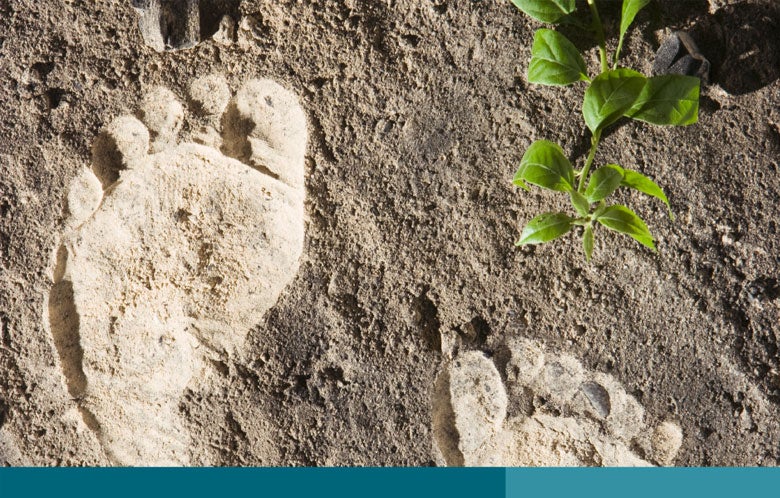If you read the last segment of the KidsCareEverywhere (KCE) series, you may recall a story that takes place in the mountains of rural Nepal. Although this story was fabricated, one of KCE’s core sites is based in Kathmandu, Nepal. Patan Academy of Health Sciences (PAHS) is a not-for-profit medical school whose mission is to address a major gap in Nepal’s medical system –– providing health care access to rural Nepal. PAHS trains interns and residents with the specific aim of sending them to serve in the country’s most remote and destitute populations.
In rural Nepal, the internet is often unreliable. DynaMed®, KCE’s primary clinical decision support software, does not require a continuous internet connection (content can be downloaded and used offline with updates being added when back online), and has become an invaluable tool for the PAHS health workers. Being able to easily search for and reference an extensive database of evidence-based information has been critical to help these doctors make life-saving clinical decisions.
The PAHS leadership team recently began to integrate DynaMed into its own training courses, rather than having KidsCareEverywhere deliver the training. KCE is proud to see the level of DynaMed buy-in amongst the PAHS leadership team. Ultimately, our training goal at KCE is to “train-the-trainer,” enabling the sites we serve to conduct training independently. In early July, doctors at PAHS led their first virtual DynaMed training for 60 new interns and residents.
In rural Nepal, the internet is often unreliable. DynaMed®, KCE’s primary clinical decision support software, does not require a continuous internet connection (content can be downloaded and used offline with updates being added when back online), and has become an invaluable tool for the PAHS health workers.
In rural Nepal, the internet is often unreliable. DynaMed®, KCE’s primary clinical decision support software, does not require a continuous internet connection (content can be downloaded and used offline with updates being added when back online), and has become an invaluable tool for the PAHS health workers.
KCE is encouraged to watch as DynaMed use grows throughout all regions in Nepal, but we have a special interest in the areas served by PAHS doctors, where health care access is the most difficult to come by. More than half of people in Nepal live below the poverty line, and one out of ten suffer from a disability, according to PAHS. Millions of Nepalis do not have reasonable access to adequate health services, and many of the rural health facilities lack equipment and are not adequately staffed. Rural areas of Nepal have one doctor for every 150,000 people, compared to one for every 850 people in Kathmandu. Tools like DynaMed can help bridge the gap for rural healthcare facilities that need fast, evidence-based clinical information to support a small staff.
Keep your eyes peeled for KCE’s next blog post. We’ll share more stories of their experiences working at hospitals around the world, and you’ll hear what the doctors have to say about using DynaMed.
Subscribe to EBSCO Health Notes to learn more about KidsCareEverywhere and to hear how the organization leverages DynaMed in its health care efforts.



